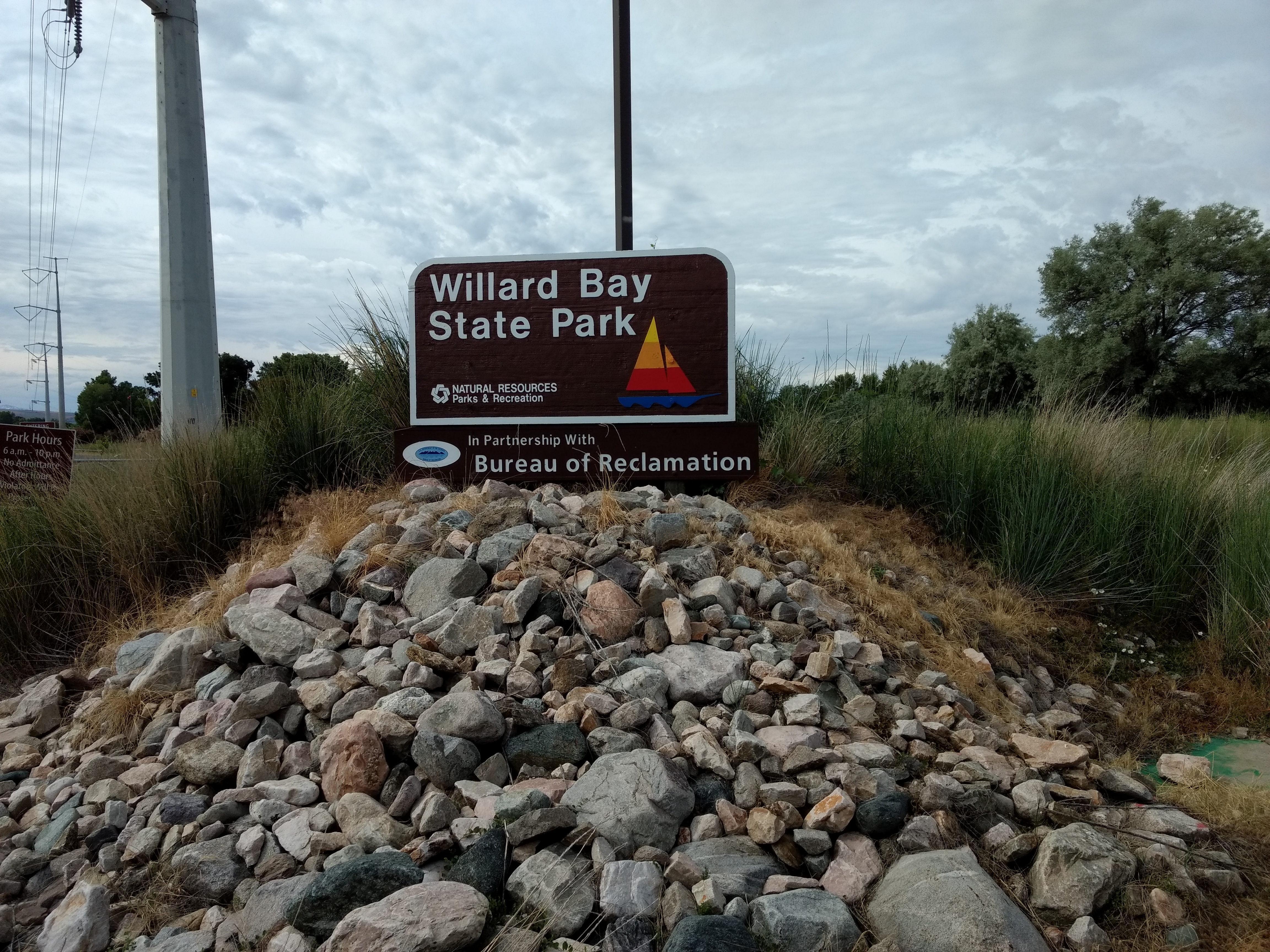|
Strawberry Valley Project
The Strawberry Valley Project was an early project planned and constructed by the Reclamation Service in the Uinta Basin of Utah. Reclamation approved the project in 1905, and in 1908 the project became the first for the Service to generate hydropower. The project is also notable for its interbasin transfer of water, from the Uinta Basin in the Colorado River major watershed to the Bonneville Basin in the Great Basin major watershed, accomplished through the four-mile long Strawberry Tunnel. History In 1879, Mormon settlers in the town of Daniel began constructing a diversion from the headwaters of the Strawberry River over the ridge, marking a precursor to the Strawberry Valley Project, despite having no legal right to the water. The Reclamation Service began drafting plans in 1903 for a reservoir on the Strawberry River that would transfer water to Utah County. Anticipating that the Uintah and Ouray Reservation would be allotted soon, Reclamation successfully lobbied to have ... [...More Info...] [...Related Items...] OR: [Wikipedia] [Google] [Baidu] |
United States Bureau Of Reclamation
The Bureau of Reclamation, and formerly the United States Reclamation Service, is a federal agency under the U.S. Department of the Interior, which oversees water resource management, specifically as it applies to the oversight and operation of the diversion, delivery, and storage projects that it has built throughout the western United States for irrigation, water supply, and attendant hydroelectric power generation. Currently the Bureau of Reclamation is the largest wholesaler of water in the country, bringing water to more than 31 million people, and providing one in five Western farmers with irrigation water for 10 million acres of farmland, which produce 60% of the nation's vegetables and 25% of its fruits and nuts. The Bureau of Reclamation is also the second largest producer of hydroelectric power in the western United States. On June 17, 1902, in accordance with the Reclamation Act, Secretary of the Interior Ethan Allen Hitchcock established the U.S. Reclamation ... [...More Info...] [...Related Items...] OR: [Wikipedia] [Google] [Baidu] |
Uintah And Ouray Indian Reservation
The Uintah and Ouray Indian Reservation (, ) is located in northeastern Utah, United States. It is the homeland of the Ute Indian Tribe (Ute dialect: Núuchi-u), and is the largest of three Indian reservations inhabited by members of the Ute Tribe of Native Americans. Description The reservation lies in parts of seven counties; in descending order of land area they are: Uintah, Duchesne, Wasatch, Grand, Carbon, Utah, and Emery counties. The total land area is with control of the lands split between Ute Indian Allottees, the Ute Indian Tribe, and the Ute Distribution Corporation. The tribe owns lands that total approximately of surface land and of mineral-owned land within the reservation area. Other parts of the reservation are owned by non-Ute, as the tribe lost control of much of the land during the allotment process. As of the 2000 census, a population of 19,182 persons was recorded as living on the reservation. This is the second-largest Indian reservation in land are ... [...More Info...] [...Related Items...] OR: [Wikipedia] [Google] [Baidu] |
Central Utah Project
The Central Utah Project is a US federal water project that was authorized for construction under the Colorado River Storage Project Act of April 11, 1956, as a participating project. In general, the Central Utah Project develops a portion of Utah's share of the yield of the Colorado River, as set out in the Colorado River Compact of 1922. The Central Utah Project was authorized under the Colorado River Storage Project Act (CRSPA) (Public Law 84-485) on April 11, 1956, as a participating project of the Colorado River Storage Project to help meet Utah's long-term water needs. As originally planned and authorized, the Central Utah Project consisted of six units or sub-projects: the Bonneville Unit, the Jensen Unit, the Vernal Unit, the Uinta Unit, the Upalco Unit, and Ute Indian Unit. The largest and most complex is the Bonneville Unit, which diverts water from the Uinta Basin, a part of the Colorado River Basin, to the Lake Bonneville Basin. The other units were designed to provide f ... [...More Info...] [...Related Items...] OR: [Wikipedia] [Google] [Baidu] |
Land Reclamation
Land reclamation, usually known as reclamation, and also known as land fill (not to be confused with a waste landfill), is the process of creating new land from oceans, seas, riverbeds or lake beds. The land reclaimed is known as reclamation ground or land fill. In some jurisdictions, including parts of the United States, the term "reclamation" can refer to returning disturbed lands to an improved state. In Alberta, Canada, for example, reclamation is defined by the provincial government as "The process of reconverting disturbed land to its former or other productive uses." In Oceania, it is frequently referred to as land rehabilitation. History One of the earliest large-scale projects was the Beemster Polder in the Netherlands, realized in 1612 adding of land. In Hong Kong the Praya Reclamation Scheme added of land in 1890 during the second phase of construction. It was one of the most ambitious projects ever taken during the Colonial Hong Kong era.Bard, Solomon. 002 ... [...More Info...] [...Related Items...] OR: [Wikipedia] [Google] [Baidu] |

